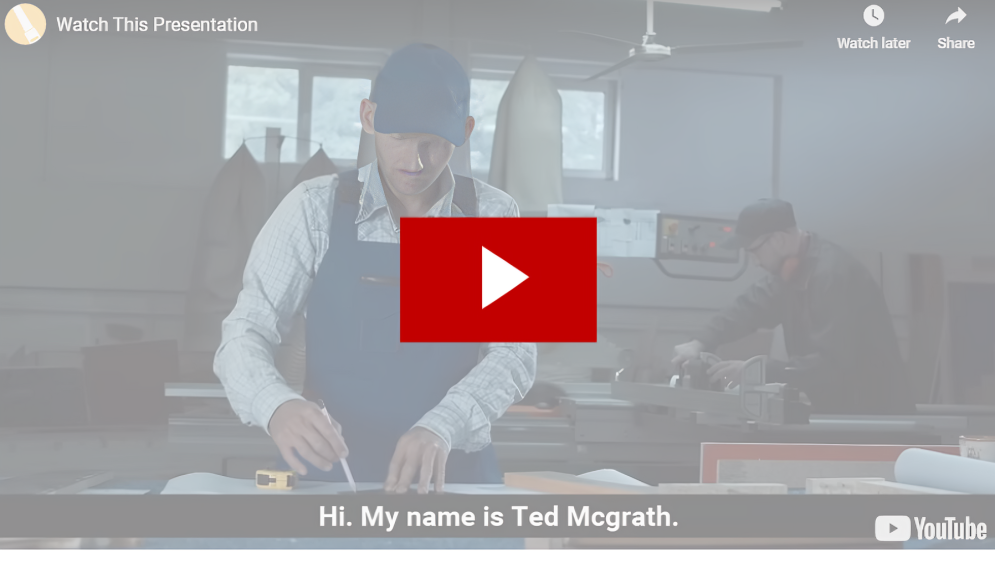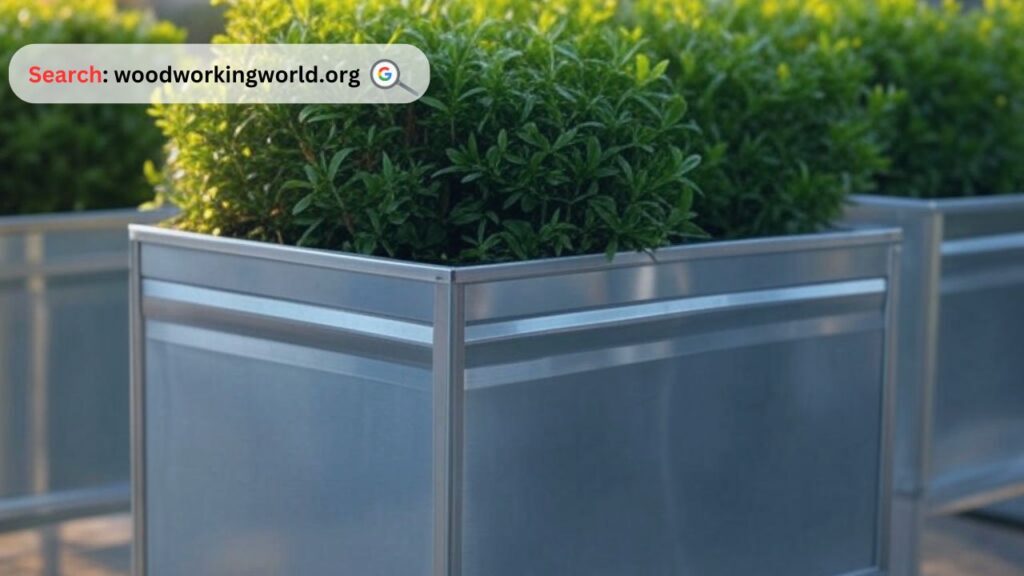Discover the beauty of sleek, modern metal planter boxes! Perfect for any space, these durable and stylish planters add a touch of elegance to your decor.
In the world of gardening and landscaping, metal planter boxes have emerged as a sleek, modern, and durable option for plant lovers and designers alike. Unlike traditional wooden or ceramic planters, metal planters offer a contemporary aesthetic while providing longevity and weather resistance. Whether used for home gardens, commercial spaces, or urban balconies, these planter boxes shine in both form and function.

In this article, we will delve into the many benefits of metal planter boxes, explore the step-by-step process of selecting and maintaining them, compare them with other planter materials, and answer some frequently asked questions.
Why Choose Metal Planter Boxes?
1. Durability and Longevity
Metal planter boxes, made from materials such as stainless steel, aluminum, and corten steel, can withstand harsh weather conditions better than wood or plastic. They resist rot, pests, and UV damage, making them a long-term investment for any garden.
2. Modern and Sleek Aesthetic
These planters complement contemporary design trends with their clean lines and minimalist appeal. Their metallic finish can add an industrial-chic vibe to any space.
3. Versatility
Metal planters can be customized in various shapes, sizes, and finishes to fit indoor and outdoor spaces. They can house a range of plants, from succulents to shrubs.
4. Eco-Friendly Choice
Many metal planters are made from recycled materials and are themselves recyclable, making them a sustainable option for environmentally conscious gardeners.
5. Weather Resistance
Unlike wood, which can crack or warp over time, metal holds up against rain, snow, and sun exposure with minimal maintenance.
Build 16,000+ Projects with Step-by-Step Plans—No Big Workshop or Costly Tools Needed! Start Now!
Step-by-Step Guide to Choosing and Using Metal Planter Boxes
Step 1: Selecting the Right Metal
Different metals offer various benefits. Here’s a quick breakdown:
- Corten Steel: Develops a rust-like patina that protects it from further corrosion.
- Stainless Steel: Resistant to rust and offers a polished, reflective surface.
- Aluminum: Lightweight and resistant to rust, making it ideal for portable planters.
- Galvanized Steel: Coated to prevent rusting, making it a cost-effective and durable choice.
Step 2: Determining the Right Size and Shape
Consider your plant selection and available space:
- Rectangular Boxes: Great for lining pathways or creating partitions.
- Tall Planters: Ideal for ornamental grasses or statement plants.
- Square Planters: Best for compact spaces and symmetrical designs.
Step 3: Ensuring Proper Drainage
Since metal is non-porous, drainage is critical:
- Opt for planters with pre-drilled drainage holes.
- Use a layer of gravel or stones at the bottom to improve water flow.
- Consider adding a liner to prevent overheating of soil in direct sunlight.
Step 4: Choosing the Right Soil and Plants
- Use well-draining soil to prevent root rot.
- Choose drought-tolerant plants if your planter will be in full sun.
- Consider insulating plants in cold weather with burlap or mulch.
Step 5: Maintenance and Longevity Tips
- Clean periodically with a mild detergent and water.
- Apply protective coatings if needed (e.g., clear lacquer for stainless steel).
- Check drainage holes for clogs to ensure proper water flow.
Expert tips on Woodworking 🌿📦 Watch now!

Comparison: Metal vs. Other Planter Materials
| Feature | Metal Planters | Wooden Planters | Ceramic Planters | Plastic Planters |
|---|---|---|---|---|
| Durability | High | Medium | Low | Low |
| Weather Resistance | High | Low | Low | Medium |
| Aesthetic Appeal | Modern, sleek | Rustic, natural | Classic, artistic | Variable |
| Maintenance | Low | High | High | Low |
| Weight | Medium to Heavy | Heavy | Very Heavy | Light |
| Longevity | 10+ years | 5-10 years | 3-5 years | 2-5 years |
| Cost | Medium to High | Low to Medium | High | Low |
Quote to Inspire Gardeners
“A garden is a friend you can visit anytime.” – Anonymous
Metal planter boxes allow gardeners to create stunning, modern green spaces with minimal upkeep, making gardening more accessible and enjoyable.
FAQs About Metal Planter Boxes
1. Do metal planter boxes overheat and harm plants?
Yes, metal can retain heat, especially in direct sunlight. To mitigate this, use insulation such as coconut coir liners, and select heat-tolerant plants.
2. How do I prevent rust on metal planters?
Choose rust-resistant materials like stainless steel or galvanized steel. For corten steel, the rust-like patina acts as a protective layer.
3. Can I use metal planters indoors?
Yes! Use a liner to prevent water leakage and select plants that thrive in indoor conditions.
4. Are metal planters expensive?
While initially more costly than plastic or wood, their longevity makes them cost-effective in the long run.
5. Do I need a liner for my metal planter box?
A liner can help regulate soil temperature and prevent metal corrosion. It also aids in moisture retention.

Conclusion
Metal planter boxes are a fantastic investment for those looking to add a modern touch to their gardens, patios, or indoor spaces. With durability, aesthetic appeal, and versatility, they shine as a top choice for plant enthusiasts and designers alike. By selecting the right type, ensuring proper drainage, and performing minimal maintenance, you can enjoy these sleek and stylish planters for years to come. Happy gardening!
Click To Order Teds Woodworking With A 60-Money-back Guarantee From – Official Website